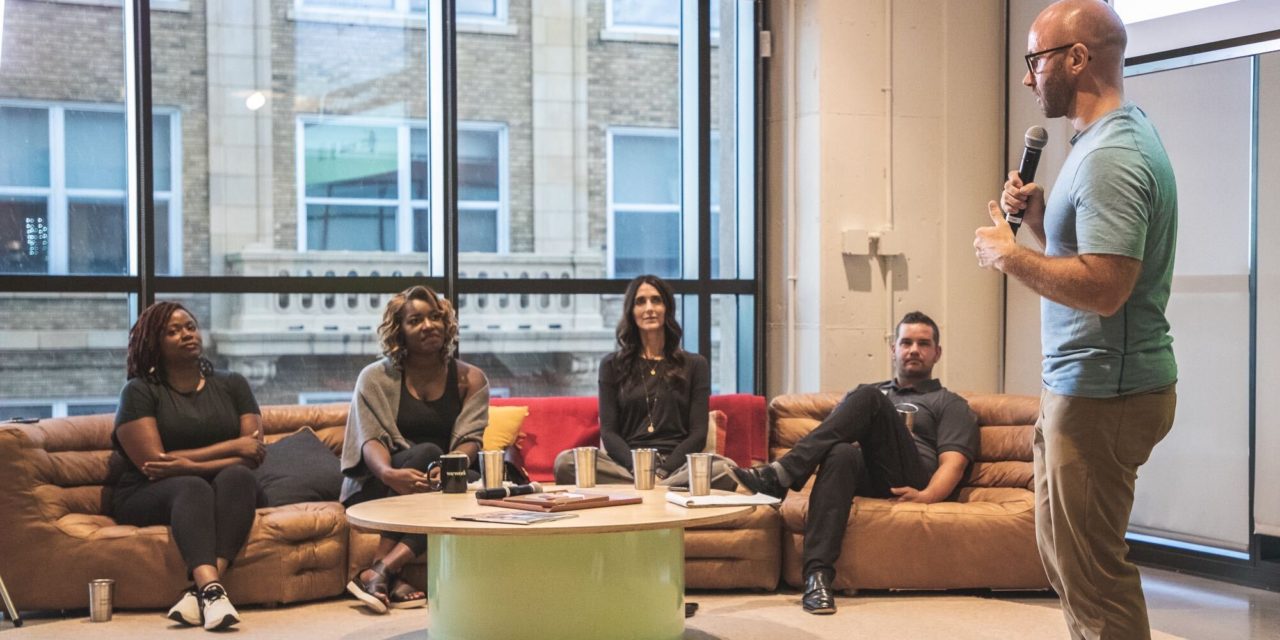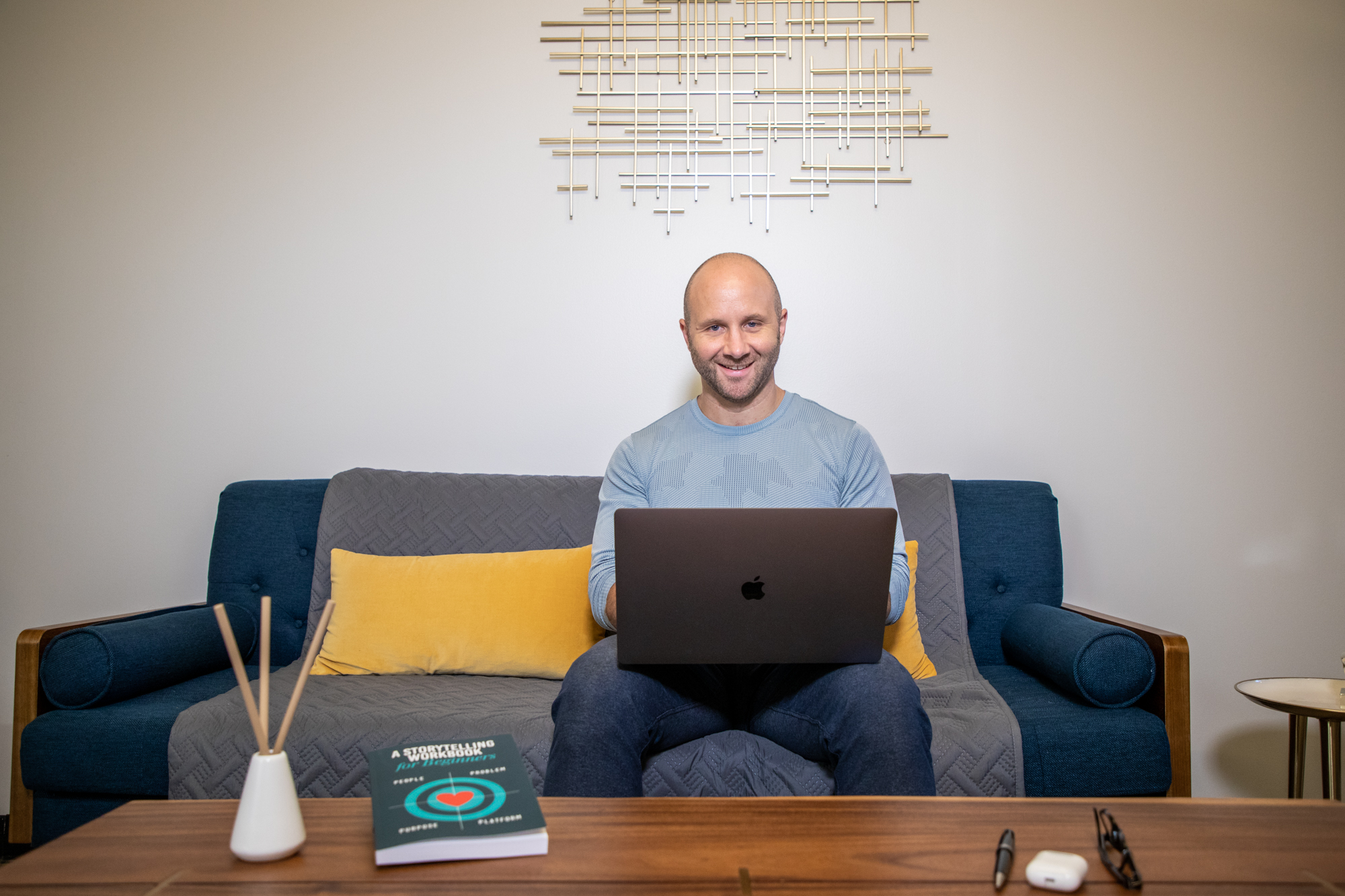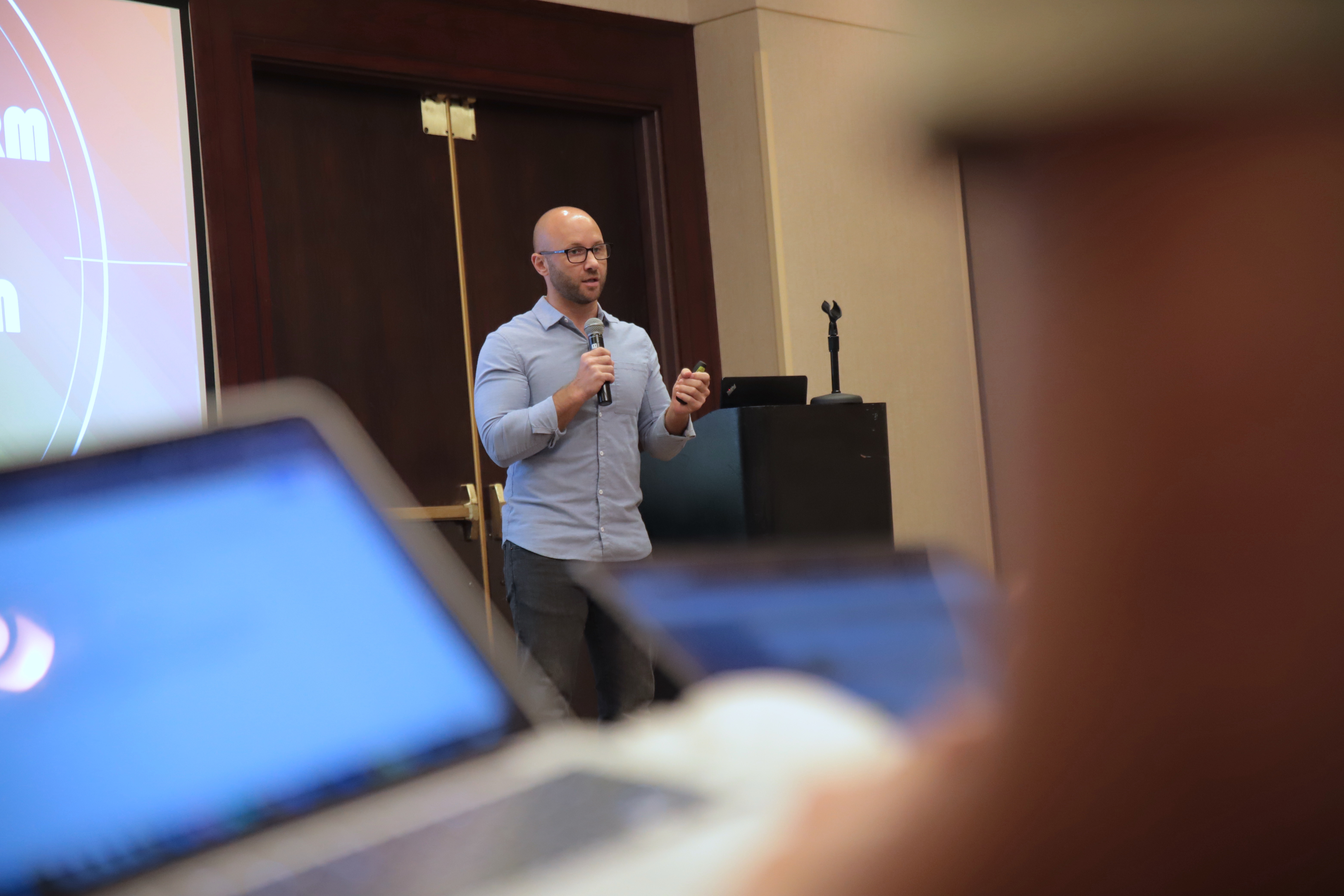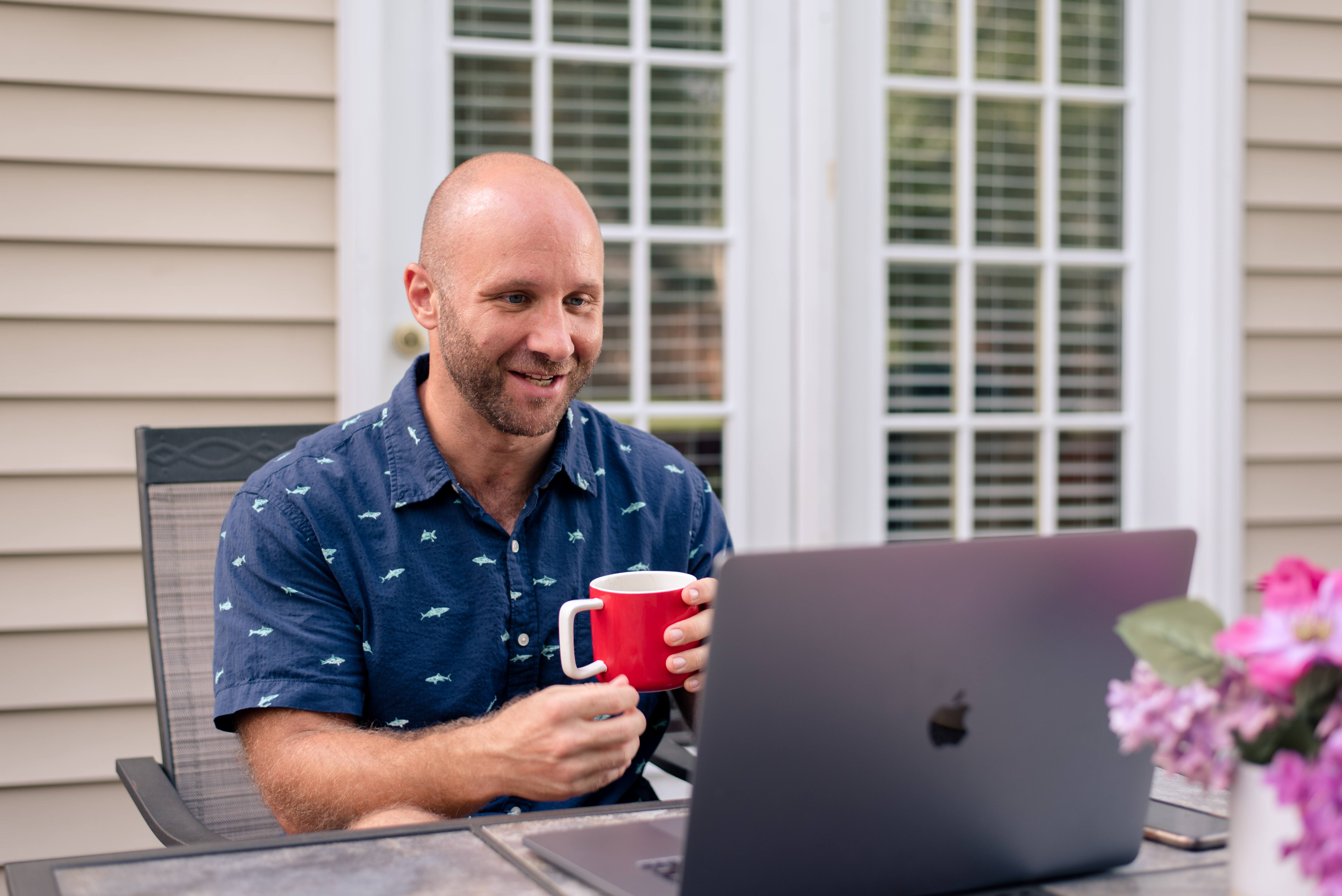Have you ever had that feeling when you’re doing a new thing — something challenging — that you’re not good enough to pull it off? Or that someone else would be better suited for it?
That’s called “impostor syndrome.”
I’ve come to find out that it plagues all of us in some capacity. Because we all have this internal narrative, a story, if you will, that we tell ourselves.
It stems from our ego and is almost always rooted in insecurity. Even when the story we tell ourselves is that we are “the best” at something, it’s still usually a mechanism to combat our insecurities.
Pursuing any new endeavor can be thwarted by this story and it’s something we all have to be mindful of and in touch with if we want to achieve our goals.
First, we have to recognize that we are even telling a story to ourselves that can be altered. Most people go through life just believing it as fact and don’t even realize that the story can change.
Once we recognize that, we can slowly start to chip away at the structure and take control over that narrative. This is a lifelong exercise, so the sooner we can make it a habit to focus on the story we tell ourselves, the more chance we have at controlling it.
But even though we have this internal narrative that we may or may not have control over, there’s another story that we absolutely control.
The story we tell others.
This is the persona that we project to the world.
But why is this story usually so different than the one we tell ourselves?
Why can’t we be that person we want the people to think we are?
Many times that story is an inflated version of who we are, who we want to be, or who we think we should be in other people’s eyes.
But it is always directly connected to, and influenced by, the story we tell ourselves. If we can get control of that narrative and gain the confidence we need to pursue our goals, then those first two stories should be much more aligned.
What I’ve learned is that the clearer we identify our goal and purpose (i.e. our “why”), who we want to help and how, the easier it is to align the two narratives.
The more consumed we are with ourselves and how people perceive us, instead of how we want to serve the world, the larger the gap will be.
There is absolutely a story told by how people perceive us — the third story — but we don’t control it the way we think we do.
This story is what’s known as our image or our personal brand.
And you don’t have to be a social media influencer to have a personal brand. We all have one and none of us can control it.
People who haven’t become self aware of the first story (the one they tell themselves), often think that the third story (that others tell about us) is most influenced by the second (the story we tell others).
So they tend to dig in and shout it from the rooftops, jamming it down others’ throats in an effort to dominate the stories they tell about us.
Which is still 100% insecurity.
That’s going to make the gaps between all three stories so wide they might not be able to be bridged, much less aligned.
But if we clearly identify what we think about ourselves and why, then we gain the confidence to change that narrative and not have to fabricate or falsify the stories we tell others about ourselves.
The stories that other people tell about us come from the things that we do.
The stories we tell to others about ourselves are just things that we say.
And the stories we tell ourselves are the ones that we think.
If we can align the first two, then we don’t need to try to control the third.
Featured image via Anna Norwood
 Rain Bennett is a two-time Emmy-nominated filmmaker, writer, and competitive storyteller with over a decade of experience producing documentary films that focus on health and wellness. His mission is simple: to make the world happier and healthier by sharing stories of change.
Rain Bennett is a two-time Emmy-nominated filmmaker, writer, and competitive storyteller with over a decade of experience producing documentary films that focus on health and wellness. His mission is simple: to make the world happier and healthier by sharing stories of change.
You can read the rest of “Right as Rain” here, and check back every Wednesday on Chapelboro for a new column!












